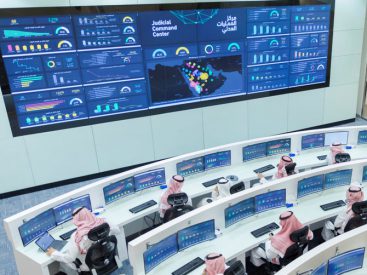Greg Powers, Gray AES Advances in vision systems, digital twins and predictive analytics are increasingly bringing AI-driven capabilities into practical use. As manufacturers explore these technologies, the focus remains on improving quality control, reducing downtime and refining production processes. When it comes to quality control, AI-driven vision systems have advanced significantly, particularly in camera technology, image processing and AI algorithms. These improvements have made automated inspections more precise and cost-effective, allowing manufacturers to automate product sorting and defect detection with greater accuracy and efficiency. Traditional vision systems struggled with high-precision quality control, especially in industries where human-like inspection is essential. Thanks to AI, vision systems can now perform advanced inspections with greater accuracy and efficiency, significantly improving production quality. Also, as AI models evolve, vision systems are becoming more adaptable. They can recognize subtle variations in materials, patterns and defects that previously required human oversight. In industries like food and beverage, where speed and precision are critical, this technology is already making an impact. Another AI-driven technology impacting manufacturing is the digital twin, which is used to create virtual models of physical assets, systems or processes that enable manufacturers to simulate, analyze and refine operations before making real-world changes. […]
Click here to view original web page at www.automationworld.com



